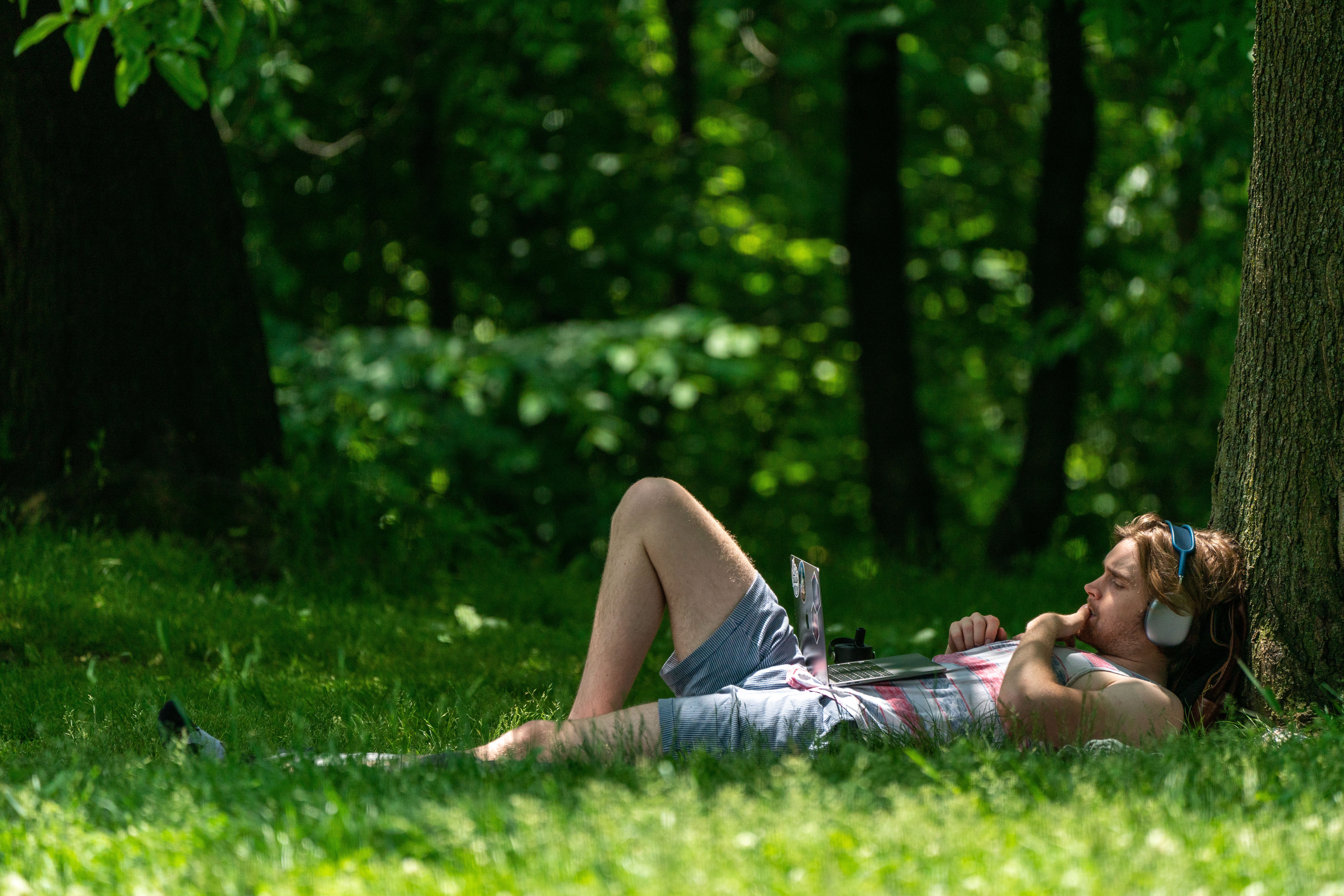Spending just 15 minutes outdoors can help city dwellers improve their mental health.
Short bursts of time, of up to 45 minutes, in green spaces such as parks, forests, and gardens can lead to “substantial mental health benefits”, researchers said this week. The findings build on years of research showing time in nature reduces stress levels, improves mood, empathy, and physical health.
“Previous studies have documented strong links between contact with nature and mental health,” Anne Guerry, chief strategy officer and lead scientist at Stanford University Natural Capital Project, said Monday. “But with most studies, you either can’t infer a causal link, they can’t be easily generalized, or they aren’t designed to distinguish the effects of different types of nature. This analysis helps fill that gap.”
Some spaces are better than others, according to the analysis. Urban forests – an area of trees and plants within a city – were found to be the best for reducing the prevalence of depression and anxiety. In the U.S., one in five adults have been told they have a type of depression disorder, according to the Centers for Disease Control and Prevention.
People don’t have to be active outdoors, either. Just sitting or standing in nature was more effective at reducing depression than active time.
Some groups reap more benefits than others, including those living in Asian countries and young adults, the study found. Most mental health disorders emerge before the age of 25 and the researchers said biological effects may be enhanced in Asia, due to cultural associations with nature.
The analysis was based on data from nearly 5,900 people in 78 different outdoor settings.

The findings called for the creation of more “pocket parks” in cities and planting more trees on urban streets. Both are low-cost solutions to improve public health, the researchers said.
The analysis is also being used to devise a modeling tool for urban planners. By 2050, almost 70 percent of the global population is projected to live in cities.
“This work has helped me see that urban nature isn’t just good for cities – it’s good for us.” Yingjie Li, a postdoctoral scholar at the project, said.
The analysis was published Tuesday in the journal Nature Cities.







